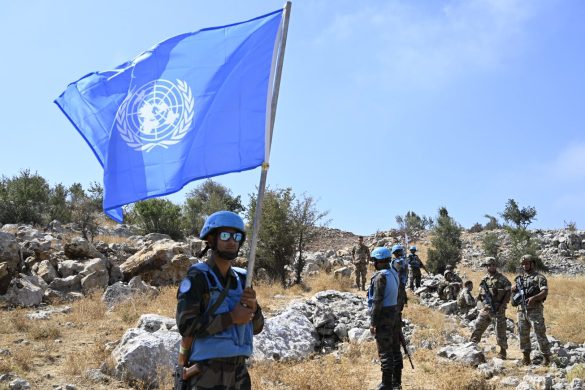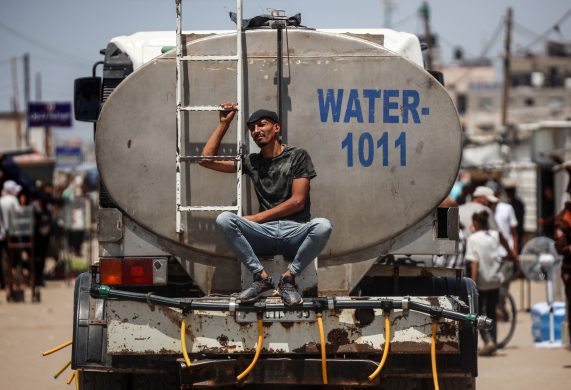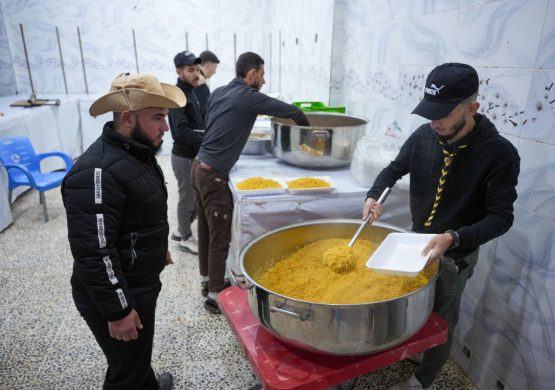Using oil export revenues to boost public investment in agriculture
CAIRO, 4 March: Increased revenues from oil exports could provide an excellent opportunity to boost public investment in agriculture in the Near East, a region faced by food insecurity, land degradation, water scarcity, animal diseases and high food import bills, FAO Director-General Jacques Diouf said Tuesday.
– Investment in agriculture, from both domestic and external sources, remains low in most countries of the region, Dr Diouf said addressing the twenty-ninth FAO Regional Conference for the Near East, held in Cairo from 1-5 March 2008.
– In the Near East, as in other developing regions, overall external assistance to agriculture has been falling since 1995. It is crucial that governments forge ambitious policies to raise agricultures share of total expenditures, he noted, adding:
– It would be desirable for the countries of the Organization of the Petroleum Exporting Countries (OPEC), which contribute 17 percent of total regional aid to the agricultural sector, to increase their support by allocating more funds to agriculture, he added.
Hunger and undernourishment are overall on the rise in the region, according to FAO.
Between 1990-92 and 2002-2004, the prevalence of hunger increased from 13 to 15 percent of the population, while the total number of undernourished people in the 32 member countries of the Near East Regional Conference increased by 33 million to 104 million people.
Some 13 countries in the region are currently facing emergencies, caused by natural disasters, conflicts and transboundary animal diseases such as avian influenza and foot-and-mouth disease.
– The conflict zones in the region, notably Afghanistan, Iraq, Somalia, Sudan, Palestine and Lebanon, are serious grounds for concern, Dr Diouf said.
To deal with the scale and complexity of these disasters, FAO is providing technical support and coordination services, and the seeds and tools needed to restore agricultural livelihoods.
Challenges
Agriculture in the Near East will face major challenges in the medium to long-terms. Water remains the main obstacle to higher agricultural production in the region, Dr Diouf noted.
– With less than two percent of the worlds freshwater (ferskvands) resources but eleven percent of its population, the regions food security is dependent on extracting extra output from each drop of water. Despite improved water use and more effective irrigation thanks to advances in technology, results remain inadequate, he said.
Moreover, the limited availability of arable land renders local agriculture very vulnerable. Land degradation is a major environmental problem in the Near East.
Prospects
Dr Diouf also noted positive elements that could enhance agricultural development. The export of high-value agricultural products within the region, towards the EU and other international markets, could offer greater opportunities.
He cited strategies and techniques to rationalize water use in agriculture, more sustainable agricultural production practices and better management of extensive rangelands, essential for the control of desertification and biodiversity.
Kilde: www.fao.org















